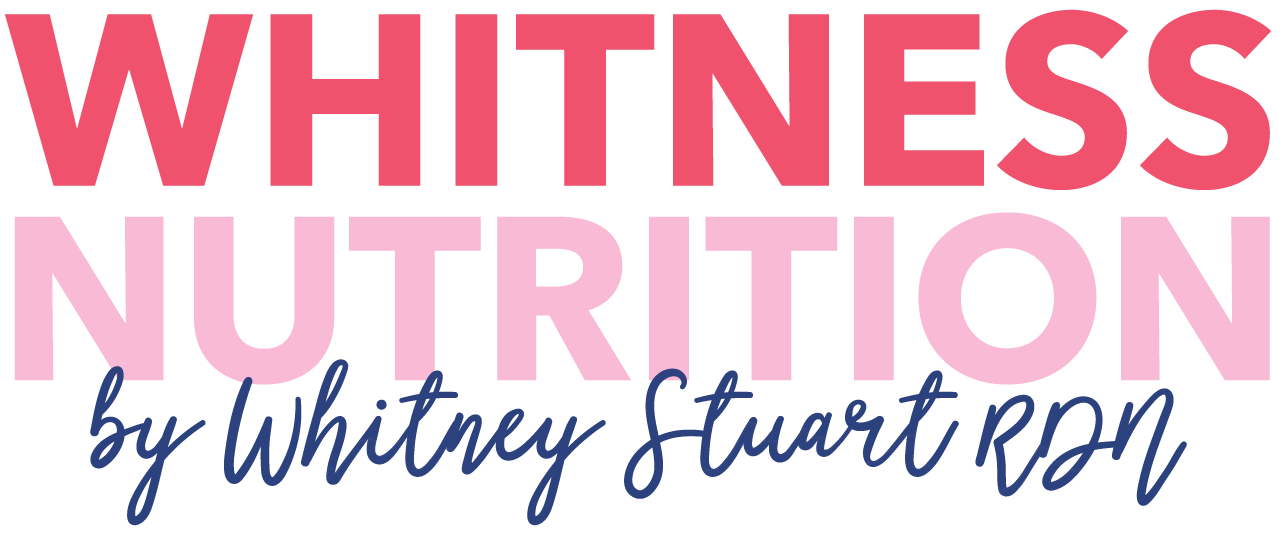Is a Plant-Based Diet sufficient for growth?
The plant-based diet; can I really meet my everyday nutrient needs?
A plant-based diet consists of all minimally processed fruits, vegetables, whole grains, legumes, nuts, seeds, herbs and spices. It also excludes all animal products, including red meat, poultry, fish, eggs, and dairy products. A recent study found that children who consumed a plant-based diet had similar growth and biochemical measures of nutrition compared to children who consumed meat. Children consuming a plant-based diet had similar BMI, height, iron, vitamin D, and cholesterol levels as children consuming meat.

This is just one study, but the American trends of plant-based eating continue to rise. In 2020, plant-based foods made up 78% of foods on the market and in 2022 it had risen to 79%. It’s helpful to know; is this really beneficial for our health? Remember, it is always important to individualize your diet in general, but it’s important to maintain a well-balanced plant-based diet to support a healthy body composition and meet your nutrition goals!
One of the main concerns in regards to a plant-based diet is getting enough protein. The recommended daily protein intake is 0.8 grams per kilogram of your bodyweight, regardless if the source of protein is animal or plant-based. Being aware of your protein needs and how to properly get them is a great reason to work with a dietitian.
Something that I often hear from patients is a concern of maintaining a good weight status on a plant based diet. Like any diet, knowing our body’s nutrient needs is essential to achieving and maintaining a healthy weight. It’s very easy to find plant-based foods that are nutrient dense and help maintain a healthy weight!
What could a day of eating look like while following a plant-based diet? I’m glad you asked! 
- Breakfast: Vegan omelet (with tofu) and avocado
- Lunch: Kale and Quinoa Salad with Tofu
- A protein-rich snack such homemade hummus with veggie sticks or plant-based protein bar.
- Dinner: Black bean and sweet potato hash
Meals like these can be a bit more difficult to balance for blood sugar because plant foods tend to be higher in carbs. Like any meal, it’s important to be aware of your carb content and don’t go overboard – i’m looking at your veggie burger on a bun!
Three helpful tips to keep in mind when consuming a plant-based meal.
- Always start with produce! Daily consumption of fruits and vegetables is important in maintaining adequate fiber intake. The daily consumption of fruits isat least 1½ to 2 cups per day of fruit and 2 to 3 cups per day of vegetables. Prioritize your veggies first, especially for blood sugar balance as fruit is naturally higher in sugar. Veggies take longer to breakdown during digestion leaving us feeling full longer. Eating a variety of fruits and vegetables is an easy way to give the body adequate vitamins, antioxidants, and fiber. Women should try to eat at least 21 to 25 grams of fiber a day, while men should aim for 30 to 38 grams a day.
- Lookout for your grains!
 Although whole grains are a great staple to include in plant-based diets, not all are high in fiber. For example couscous, zilch, but farro or bulgur wheat are quite high in fiber. Grain shouldn’t be the only component of a meal, I mean a large bowl of quinoa or oatmeal isn’t enough! The addition of nuts, seeds and vegetables can make a blood sugar bomb become blood sugar bliss.
Although whole grains are a great staple to include in plant-based diets, not all are high in fiber. For example couscous, zilch, but farro or bulgur wheat are quite high in fiber. Grain shouldn’t be the only component of a meal, I mean a large bowl of quinoa or oatmeal isn’t enough! The addition of nuts, seeds and vegetables can make a blood sugar bomb become blood sugar bliss. - Prioritize the ultimate protein option, legumes! Legumes, a fiber-rich food, are also high in plant-based protein and potassium. Some examples of legumes include chickpeas, peanuts, black beans, green peas, and lima beans. Legumes are also affordable and quite variable, they are much easier to cook with then y0u would imagine!
After you make sure your meal times are balanced properly, it’s time to consider snacks. Make the incorporation of plant-based foods into your snack time simple with these swaps!
- Swap your jerky for a higher protein nut source, such as pistachios or peanuts, and veggies or fruit at snack times.
- Toss a scoop of pea protein into your smoothie or sprinkle it with chia seeds.
- Try making baked crunchy salt and pepper chickpeas instead of a bag of pretzels.
A plant-based diet can be done in a healthful way by consuming a diet rich in a variety of produce, legumes, nuts, and seeds. By following a plant-based diet correctly, you’ll consume all the nutrients needed for adequate growth and development!
Interested in learning more about going plant-based?
Schedule a discovery call with Elena, our in house Certified Plant-Based Whole30 coach and Holistic Health Coach to learn about the plant-based offerings at Whitness Nutrition.
Looking for ways to increase your plant-based entrees without cooking at home? Check out some of my favorite Dallas locations for plant-based meals!







While a plant-based diet can go a long way in helping one become healthier, it’s important to cover all nutrients, especially ones that may not be easily filled like protein. Great information shared here.
I completely agree. Thank you for your input!